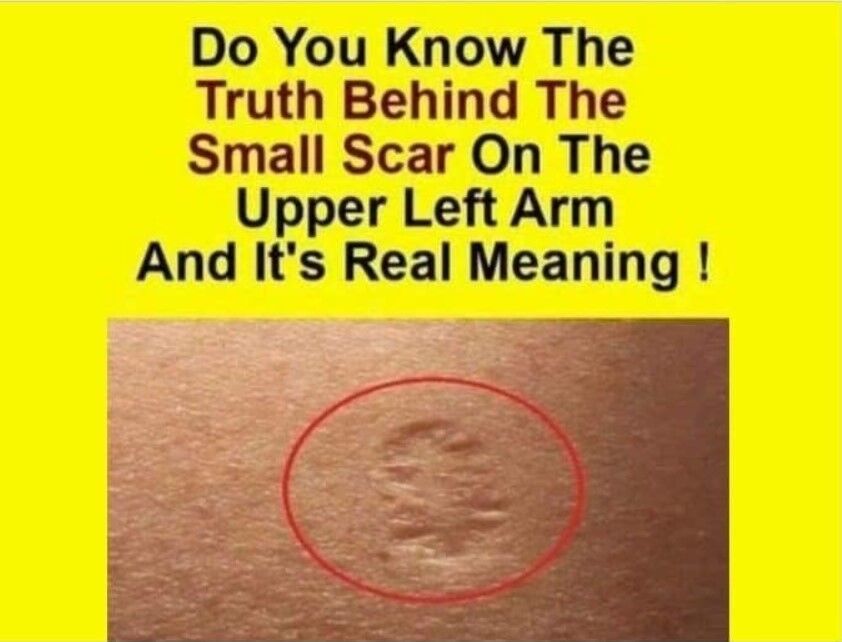The Development and Impact of the Smallpox Vaccine
Fast forward to the mid-20th century, and the smallpox vaccine had undergone significant improvements. The vaccine was now derived from the Vaccinia virus, a virus similar to but less harmful than Variola. The Vaccinia virus was chosen because it effectively stimulated the immune system to respond to smallpox without causing severe illness.
The vaccination process involved using a bifurcated needle, which was dipped into the vaccine and then pricked into the skin in a series of small punctures. This method was designed to provoke a strong immune response while minimizing the risk of serious side effects. The vaccine’s effectiveness was evident in the way the body responded to it: the injection site would develop a series of blisters that eventually healed, leaving a characteristic scar. This scar was a visible sign of the body’s successful immune response and a marker of the vaccination’s efficacy.
The vaccination process was accompanied by a range of reactions. Initially, there was temporary swelling at the injection site, which was a normal part of the body’s response. About six to eight weeks after vaccination, the area would develop a lump resembling a mosquito bite, which could become ulcerated and oozing before forming a permanent scar. This scar was a result of the body’s immune system working to combat the vaccine’s antigens and build immunity against smallpox.
The Global Eradication Effort
The smallpox vaccine played a crucial role in the global effort to eradicate the disease. By the 1950s and 1960s, mass vaccination campaigns were implemented worldwide, targeting areas with high incidences of smallpox. The campaigns were highly successful, leading to a significant reduction in the number of smallpox cases and outbreaks.
One of the most notable achievements in this eradication effort was the establishment of the World Health Organization’s (WHO) Intensified Smallpox Eradication Program in 1967. This program focused on vaccinating people in endemic regions and conducting surveillance to track and contain outbreaks. The concerted global effort, combined with advances in vaccine technology and distribution, led to the elimination of smallpox in many parts of the world.
By the early 1970s, smallpox was largely eradicated in the Western world, and the need for routine vaccinations decreased. The last natural outbreak of smallpox occurred in Somalia in 1977, and by 1980, the WHO officially declared smallpox eradicated. This declaration marked a historic milestone in public health and demonstrated the effectiveness of vaccination programs in controlling and eliminating infectious diseases.
The Legacy of the Smallpox Scar
The scar left by the smallpox vaccine is more than just a physical mark; it is a symbol of medical progress and a testament to the collective efforts of scientists, healthcare workers, and global communities. It serves as a reminder of the challenges faced in combating a deadly disease and the success achieved through vaccination.
In today’s context, the smallpox scar also highlights the importance of vaccines in preventing disease and protecting public health. As new challenges emerge, such as emerging infectious diseases and vaccine hesitancy, the scar stands as a powerful symbol of the potential for vaccines to make a significant impact.
Conclusion :
The smallpox scar on our upper arms is a lasting reminder of a significant achievement in global health. It represents the successful eradication of a deadly disease through vaccination and the dedication of countless individuals who worked to achieve this goal. As we continue to navigate public health challenges, this scar reminds us of the power of vaccines and the importance of ongoing efforts to protect and improve global health. It is a small but enduring symbol of a monumental victory in the fight against infectious diseases, reflecting a legacy of progress and hope for future generations.
ADVERTISEMENT
